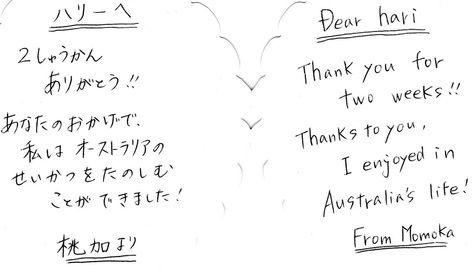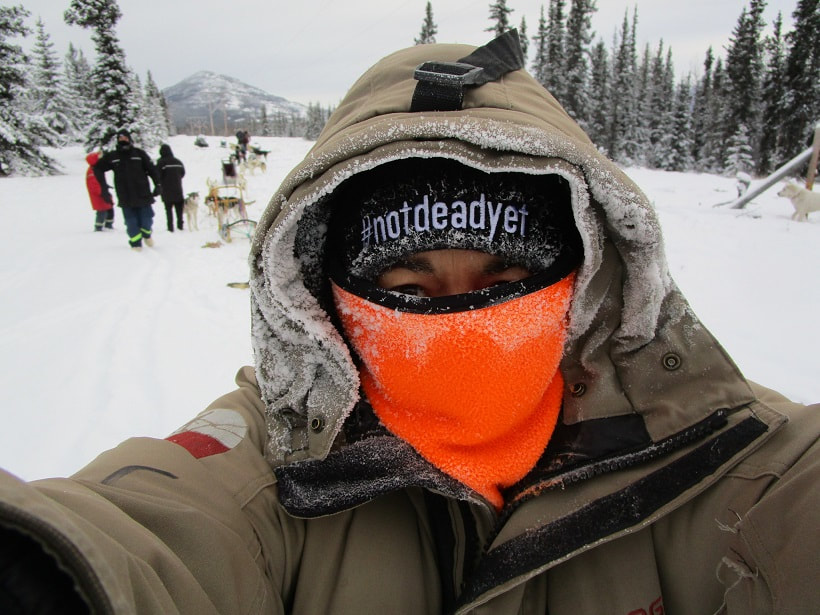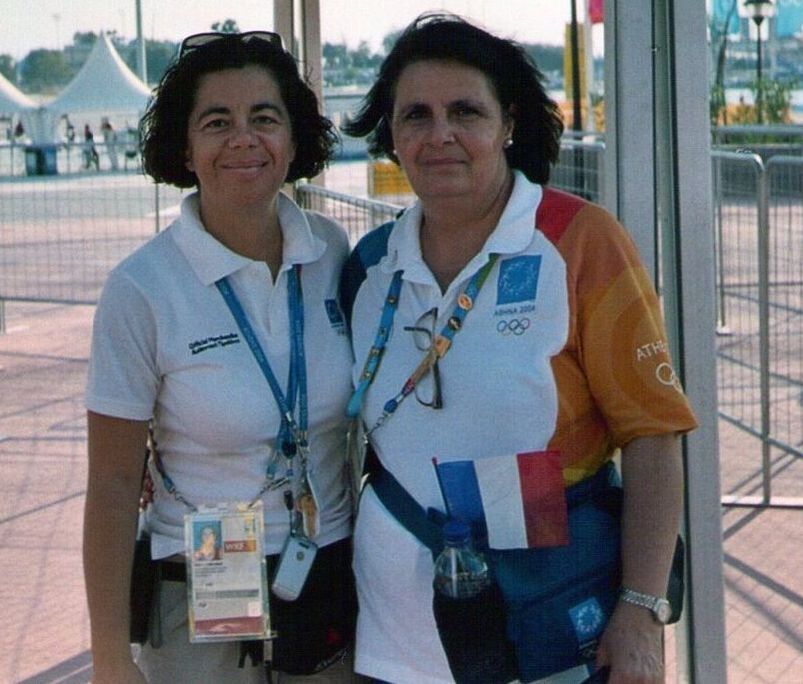|
Whack. “Speak English!” Whack. “Shush…please listen when someone else is talking.” Whack. “Hurry up.” Whack. It was the most effective way to get the students’ attention. If only I’d discovered the leather fly swatter a week earlier. “What happened?” I asked the tour escort during class, “yesterday, they were all shy and quiet, but today they won’t stop talking!” It was as if someone flicked a switch and my Japanese students transformed overnight - literally. So much for them being quiet and respectful towards their sensei (ahem - me); they chatted incessantly in Japanese for the entire two weeks of their English conversation classes. The fly swatter “This,” I said, slamming the leather hand onto the desk, “is for swatting flies, or spiders.” It was also handy for pointing to things, or tapping on the desk, which I resorted to frequently. And it was particularly useful for demonstrating baseball and cricket batting techniques. “Tell your host mum I’ll be using this for the next two days,” I told the Japanese student who brought the fly swat for our Show and Tell session in class. It was the only way I could get them to stop chatting in Japanese. My friend Peter has promised to make me one for my next class. Out-dated myth debunked “Japanese aren’t touchy-feely people,” I told host families during their orientation session, “so you might want to go easy on the whole hugging thing. In fact, don’t hug your own kids for two weeks.” The host mums just ignored me, greeting their Japanese student with a big hug and kiss on the first day the group arrived on the Sunshine Coast. But it seemed I was the one out-of-date as I noticed the Japanese girls were ok with the hugging thing after all. Just as well. It didn’t take long for the local host school students to embrace them, too (literally). They all hugged each other hello/goodbye in the mornings, during Little Lunch, Big Lunch and after school. “What’s wrong?” the teacher asked one Prep boy who’d burst into tears during a class visit. “I… (sob)… want… (sob)… to stand… (sob) … next… (sob) … to her… (sob)…” He’d been pushed aside by two other Prep students as they jostled for a position next to the Japanese girls to claim hand holding rights. The first graders were equally quick to latch onto the Japanese students, who inevitably ended up with two or three kids holding each of their hands as they walked to the oval for a PE lesson. Yes, the Japanese visitors were extremely popular and had a queue of admirers. 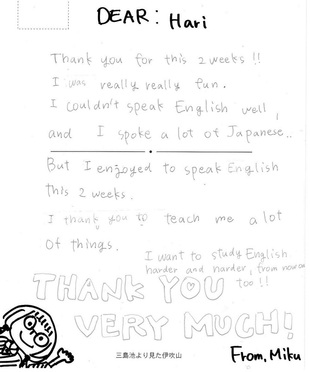 A Japanese perspective on cultural differences 1. Australians walk around barefoot. “It’s more of a Queensland thing,” I explained, “because it’s much warmer here and we’re very casual.” 2. Australian men wear short pants (ie boardshorts). Apparently, Japanese men only wear long pants. 3. Australians eat standing up. Primary school students don’t sit still for long and guzzle their lunch, so when the bell rings, they sprint down to the oval and run around some more. My Japanese students, on the other hand, spent most of the lunch break eating slowly, despite having a group of eager Australian students patiently waiting to escort them to the library or oval. 4. Japanese schools don’t have a tuck shop or Little Lunch. Japanese students must bring their own lunch to school and have only one lunch break during the day. 5. Australian schools have non-uniform days. “Why are they wearing pyjamas to school?” my Japanese students asked one day. “Because,” I replied “it’s Pyjama Day.” A teary farewell “How’s it possible to get so attached in such a short period of time?” asked a host mum, wiping away her tears. “The student’s been living in your home for two weeks,” I said, “they’re like family now.” It was inevitably going to end in tears as the host families delivered their Japanese students to the local school on the last day. “I brought my own tissues,” one mum said. “We’ve already had a bit of a cry at home,” said another. It took one host sister to trigger the rest; the Japanese students responded, followed closely by their host mums. It brought everyone another step closer to mutual understanding, acceptance and peace. Imagine what the world would be like if we all opened our hearts and embraced other people and cultures. It can take as little as two weeks. You may say I'm a dreamer But I'm not the only one I hope someday you'll join us And the world will live as one. - Imagine, John Lennon
6 Comments
Hari Kotrotsios
16/8/2012 11:06:54 am
Thanks for your ongoing support, BP.
Reply
16/8/2012 11:07:24 am
You did well, Hari. You'll have the whip hand next time with my patented child control device.
Reply
Hari Kotrotsios
16/8/2012 11:11:37 am
Spare no expense, Peter.
Reply
Coral McVean
24/8/2012 04:48:56 pm
When we were introduced to our student Kana, it was a handshake and a little bow. However, after a few days the friendship had blossomed and hugs were natural. We thoroughly enjoyed having Kana. She loved our grandchildren and they were wrapped in her and yes she and we were all very sad to say goodbye . Now we're on facebook with Kana as are our children
Reply
Hari Kotrotsios
26/8/2012 09:38:57 am
Coral, isn't amazing how quickly we can bond with other people? And it's so much easier to stay in touch with Facebook and Skype. I'm sure your new found friendships will continue.
Reply
Your comment will be posted after it is approved.
Leave a Reply. |
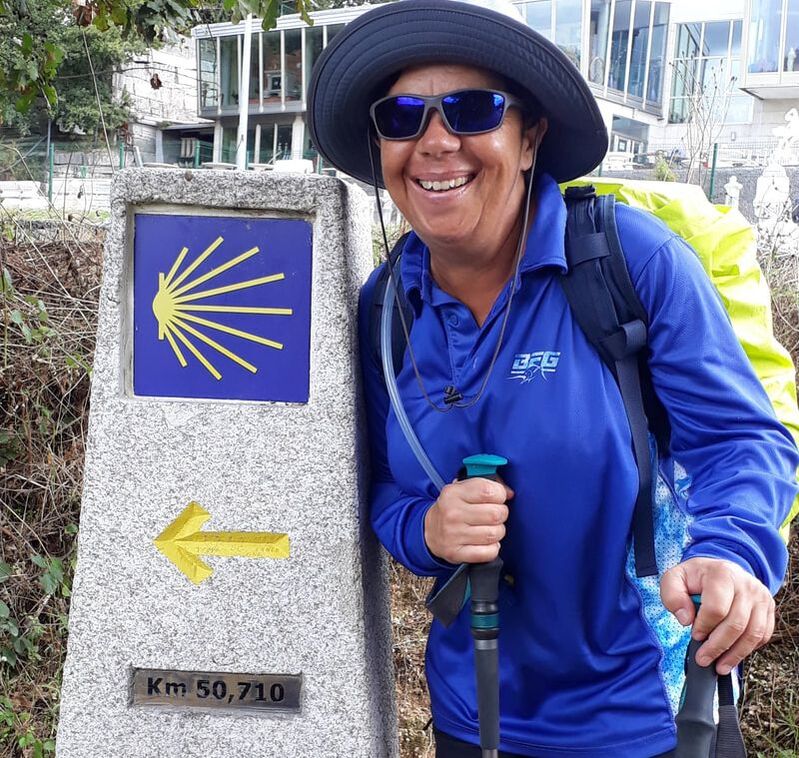 Portuguese Camino 2019 Portuguese Camino 2019
Travel blogs
New Zealand 2008 Tibet 2007 New Zealand 2006 Melbourne 2006 United Kingdom 2004 Athens Olympics 2004 Peru 2003 Beijing to Athens 1994 Nepal 1991 Categories
All
Archives
December 2019
|
|
I acknowledge the traditional Custodians of the land on which I work and live, the Gubbi Gubbi / Kabi Kabi and Joondoburri people, and recognise their continuing connection to land, the waters and sky. I pay my respect to them and their cultures; and to Elders past, present and emerging.
|
© 2024 HARI KOTROTSIOS
|
